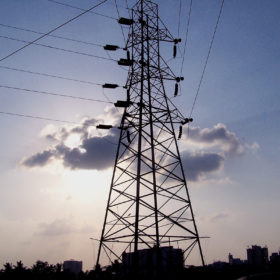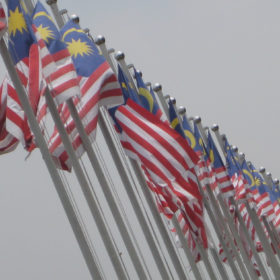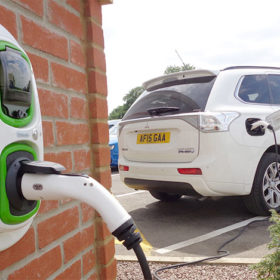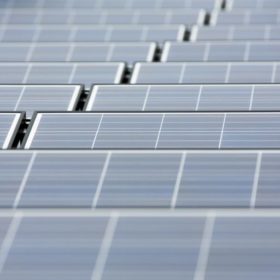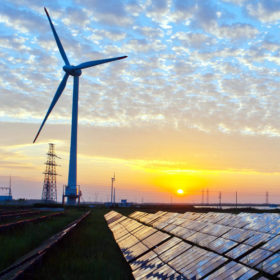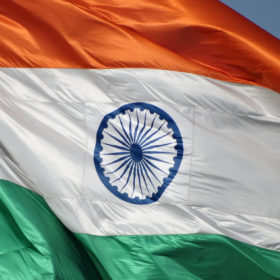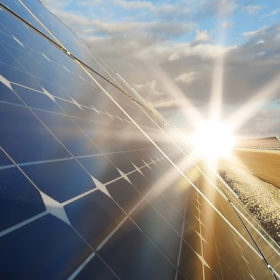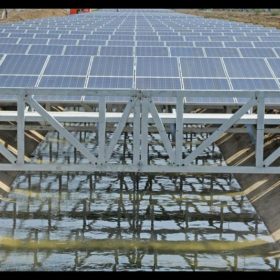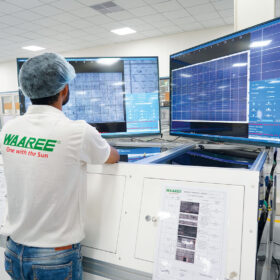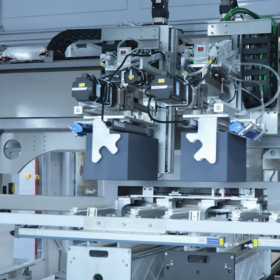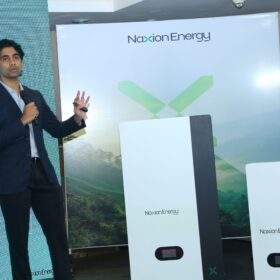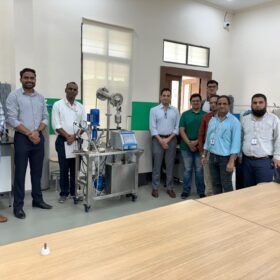Solar made up 50% of India’s new power capacity in 2018
The level of new solar capacity – 8,263 MW – however, was 15.5% down from the 9,782 MW added in 2017 owing to safeguarding duty and GST taking a toll on large-scale PV. While utility-scale solar declined 23% year-on-year, rooftop PV remained a bright spot, and registered impressive growth of 66%.
Anti-dumping duty slapped on Malaysian solar glass
The Indian government has imposed anti-dumping duty of $114.58/metric ton on tempered solar glass imports originating in or exported from Malaysia. The five-year duty will be applied to products from producers except Xinyi Solar Sdn. Bhd.
Electric vehicles off to a good start in 2019
Following Tamil Nadu’s plans to purchase 2000 electric buses, Karnataka aims to convert half the government vehicles in Bengaluru to electric by 2019 end. Further, Delhi has allocated Rs 100 crore to electric vehicles in its budget for 2019-20.
A solar decade: From 9 MW to 28 GW
There is widespread doubt about whether India can achieve its 100 GW solar target by 2022 but, having started from a base of only 9 MW of capacity 10 years ago, it would be foolish to write off the prospects of this solar superpower.
1.2 GW solar auction sees slight rise in tariffs
As against the all-time low of Rs 2.44 per unit recorded in July last year, the latest SECI auction saw the lowest winning tariff of Rs 2.55 per unit offered by ReNew Power. Other winners included Azure Power, Eden Renewable and SoftBank-backed SB Energy.
Concessional finance can make solar and batteries cost-competitive faster: BNEF
The higher the cost of a technology, the greater the potential impact concessional finance can make. For a lithium-ion battery project, reducing capital costs by even one percentage point can reduce energy generation costs by $10/MWh.
Solar EVA sheets attract AD duty for five years
Following a petition by domestic manufacturers seeking legal protection under anti-dumping laws, the Directorate General of Trade Remedies has recommended the imposition of duties ranging from $537-1,559/metric ton on solar ethylene vinyl acetate sheets imported from China, Malaysia, Saudi Arabia and Thailand.
ReNew Power secures fresh $350 million from US investor
The Gurugram-based independent power producer has secured fresh debt financing of up to US$ 350 million from the US government-owned Overseas Private Investment Corporation (OPIC). This follows an earlier round of financing in March 2016 when OPIC had granted a loan of US$ 250 million to ReNew Power.
Gujarat to set up 100 MW solar PV project atop Narmada canal
The state-owned Sardar Sarovar Narmada Nigam will set up the 100 MW solar project atop branch canals of river Narmada at an estimated cost of Rs 100 crore. Four locations in central Gujarat have already been identified for the project.
Greenko raises fresh $550 million from Singapore and Abu Dhabi investors
This is the third round of Greenko investment by Singapore’s sovereign wealth fund GIC Holdings and Abu Dhabi Investment Authority (ADIA), taking their total in the Indian renewable energy firm to $2 billion.
